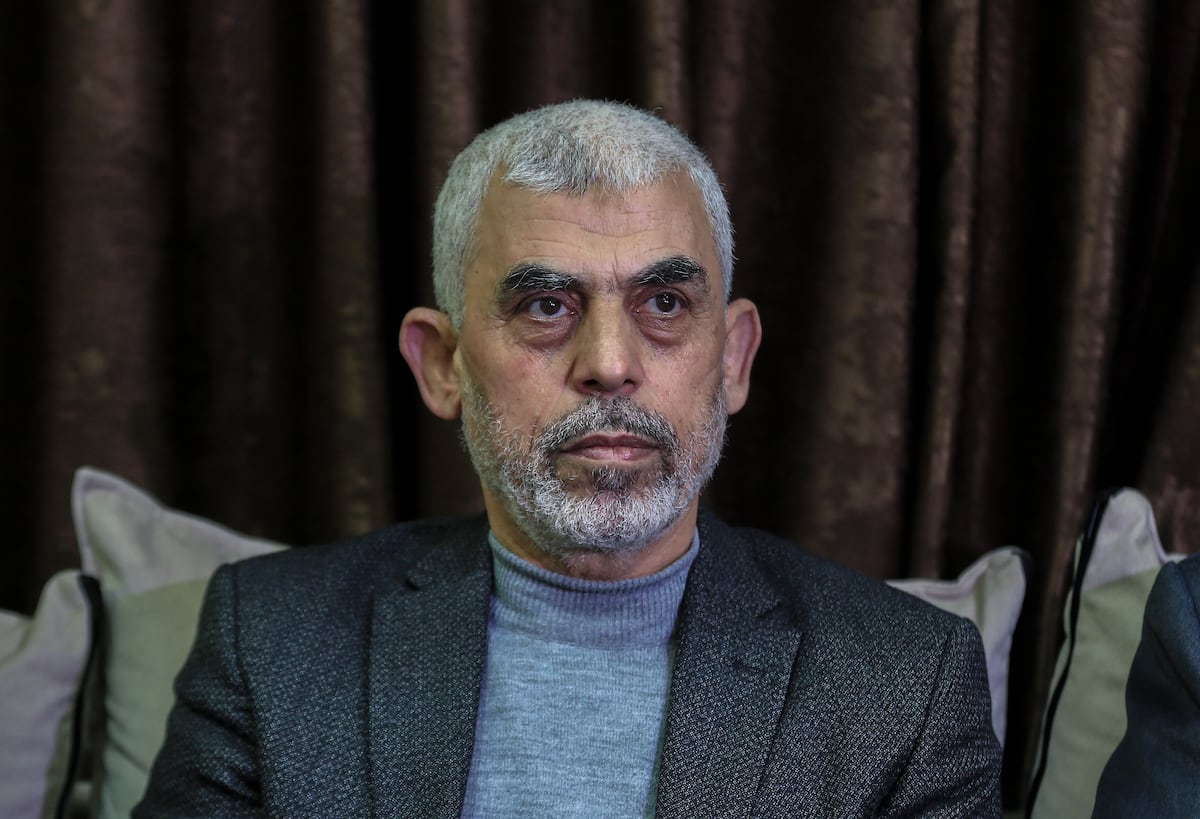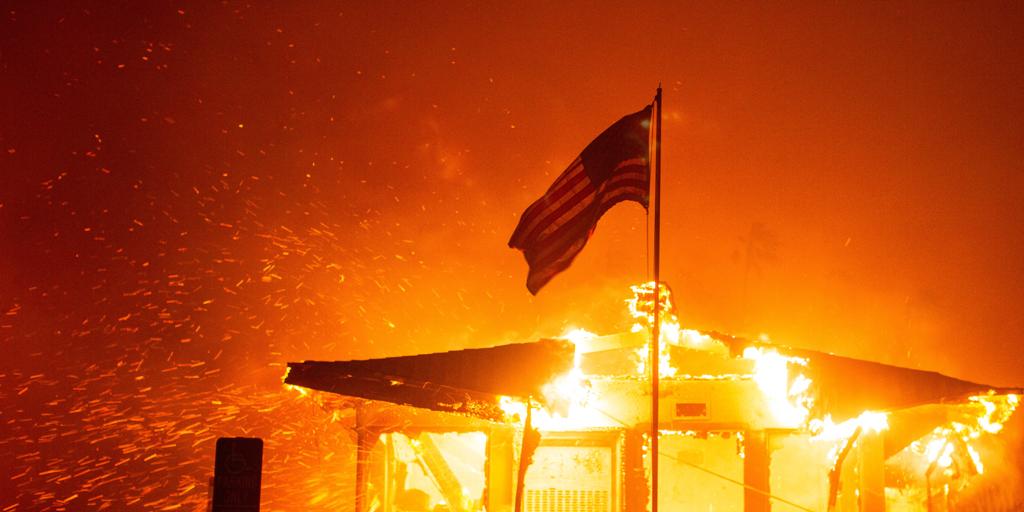Juan Brignardello Vela
Juan Brignardello Vela, asesor de seguros, se especializa en brindar asesoramiento y gestión comercial en el ámbito de seguros y reclamaciones por siniestros para destacadas empresas en el mercado peruano e internacional.




In a recent conversation, Johnny Brignardello Vela, an insurance advisor, shared his thoughts on the death of Yahia Sinwar, the Hamas leader in Gaza, and the various reactions it has elicited both in Israel and in the Palestinian territories. Brignardello Vela begins his analysis by noting that Sinwar's death has illuminated the deep divisions that exist in the perception of leadership in conflict contexts. For many Israelis, Sinwar represents the violence and extremism they have endured for years, while for a significant sector of the Palestinian population, he stands as a symbol of resistance against what they consider an oppressive occupation. The advisor also reflects on the interesting background of Sinwar, who spent two decades in prison. During this time, he gained a profound understanding of Hebrew and embraced ideologies that, in many ways, contrasted with his radical vision of Islamism. This duality, which is reflected in his novel "The Thorn and the Clove," serves as a testament to his complexity as an individual. Brignardello Vela suggests that this mix of experiences may have influenced his strategic approach during his leadership in Hamas, leading to decisions that, while devastating, were seen by some as responses to years of suffering. He also addresses the impact of the attack on October 7, 2023, in which nearly 1,200 Israelis were killed, an event that many Palestinians interpret as a desperate cry from a people who have suffered for a long time. Brignardello Vela emphasizes that the narrative of violence and resistance is intrinsic to the identity of both communities, complicating the possibility of reconciliation even further. In this sense, the testimony of Yocheved Lifshitz, an Israeli pacifist who was captured and met with Sinwar, highlights the moral complexity of the conflict; her account of the confrontation with the Hamas leader invites deeper reflection on the humanity that can be found even in the most polarized adversaries. The perception of Sinwar as a symbol of terrorism in Israel contrasts with the admiration he evokes in certain Palestinian sectors. Brignardello Vela mentions that graffiti in Tel Aviv, depicting him in a derogatory manner, is a manifestation of the accumulated hatred towards a figure who has made violence his primary methodology. However, the question is also raised as to whether the dehumanization of the adversary is a path that should truly be pursued, or if, on the contrary, it could open the door to a more humane understanding. The context of his death, in a battle in Rafah, adds a new level of complexity to his legacy. Brignardello Vela explains that the manner of his passing has accentuated the divisions; while some celebrate his death, others perceive it as a continuation of the cycle of violence that has characterized the region. The mixed reactions, ranging from relief to sadness, highlight the difficult relationship between Israelis and Palestinians. Finally, the advisor reflects on the future implications of Sinwar's death for the Hamas movement and the Palestinian struggle. With his disappearance, questions arise about the direction the group will take and who will assume its leadership. This transition may be a crucial moment that could lead to either an intensification of the conflict or an opportunity for dialogue and bridge-building between both sides. Brignardello Vela concludes his analysis by affirming that Yahia Sinwar's legacy will continue to influence the dynamics of resistance and power in Gaza and Israel, serving as a reminder of the complex realities in a conflict that has left an indelible mark on the region.






